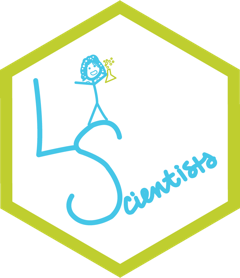Despite the different definitions, there is a consensus regarding the dimensions of critical thinking and these dimensions have implications for how critical thinking is understood and taught. Critical thinking includes skills and dispositions (1).
All in For Researchers
Out With The Old, In With The New? Benefits of Reading to Children from E-Books versus Print Books
In March, we featured a weekly digest describing the many benefits of reading to children. We have seen that both children’s literacy skills and socio-emotional health are boosted when someone reads books to them on a regular basis. Now, a recent study published in May 2017 by Strouse and Ganea (1), has revealed an additional factor...
GUEST POST: What does it take for students to exchange bad study habits for good?
This is the story of what we tried and learned from our pilot “Unlocking the Learning Code” project. We attempted a distributed approach to teaching study skills and conducted pre- and post-intervention surveys with the students. While we haven’t (yet!) seen tremendous results
Weekly Digest #72: Talk to the Learning Scientists!
There are various ways in which researchers can communicate about their findings with practitioners. There are two broad models of researcher-practitioner communication in education research: the active dissemination model, and the passive dissemination model
GUEST POST: Postsecondary Transition for Students with Disabilities
Recent changes in US legislature require improved preparation for postsecondary education and increased access to academic accommodations in postsecondary educational (PSE) settings. As a result, students with hidden disabilities...
Weekly Digest #71: Technology to Help You Create an Active Classroom Environment
In previous posts and digests, we have discussed active learning (see this post and this digest, or check out all of our posts tagged as "active learning"). In this digest, we provide a number of resources to help you actively engage students in the classroom with ...






